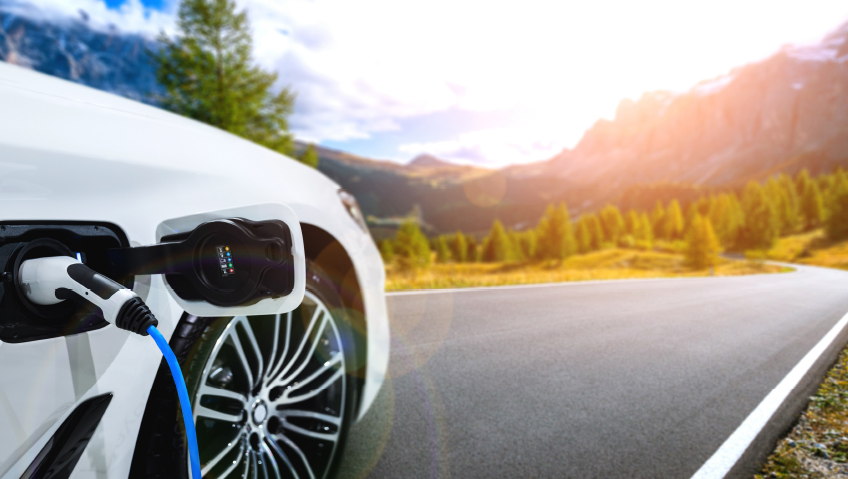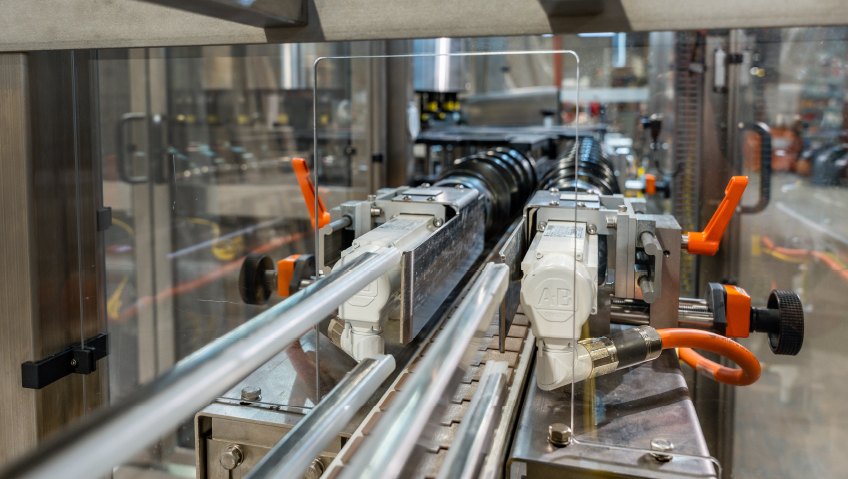The global transition from gas-fueled cars to electric vehicles (EVs) is proving to be a rough road. Despite dozens of EV upstarts like Tesla and Lucid Motors, along with legacy manufacturers from Volkswagen to Volvo, investing untold fortunes in R&D, production, and marketing, not everything is going according to plan.
In Canada and the United States, governments are betting on an EV world, where smog and smoke produced from burning fossil fuels will be, they hope, relics of the past. Billions of dollars have already been spent or allocated to this cleaner, greener future, such as the recently announced multibillion-dollar Volkswagen EV battery plant in St. Thomas, Ontario.
Slated to become one of the largest, if not the largest, facilities of its kind, this much-touted ‘game changer’ is predicted to create some 3,000 jobs along with 30,000 indirect jobs. And although Volkswagen is investing $7 billion into the project, the Canadian government’s pledge of $13 billion in subsidies and another $700 million to Volkswagen is raising eyebrows.
Some ask if the investment is worth it, or if this is more of a purely political move.
Expectation, meet reality
As optimistic as EV manufacturers and governments are in pushing for vehicle electrification, cracks are showing. For every positive news piece about the benefits of EVs, there are stories from owners about the downsides, especially estimated mileage, cost, and availability of charging stations.
In some instances, EVs are refusing to start in cold weather, or are travelling a fraction of the distance on a full charge promised by manufacturers, spawning the term ‘electric vehicle range anxiety.’
Unlike gas-powered vehicles, where fuel can be obtained from any gas station, EVs require designated charging locations. Sure, you can charge at home after you’ve invested in the necessary hardware and an electrician’s time, but what if you’re hundreds of miles from your home? Although some malls and condominium complexes have charging stations, the fear is that there aren’t enough to keep up with demand.
At this year’s Canadian International Auto Show, experts discussed how the demand for EVs is putting additional stress on Ontario to step up the installation of charging infrastructure, with the province lagging behind Quebec and British Columbia. And the federal government’s insistence that all new vehicles are electric by 2035 only worsens the situation.
While urban centres like Toronto are installing charging stations, EV owners in northern parts of Ontario face too few of them. Stories about drivers being stranded or barely making it home are commonplace.
For a province of over 15 million residents, where the grid is already overtaxed and blackouts are common in the summer months, the lack of charging stations is just one issue. Another is the cost. Late last year, energy giant Petro-Canada almost doubled charging fees nationwide at its Canada’s Electric Highway™ stations.
According to Petro-Canada, it takes about 30 minutes to charge a typical EV, with a maximum of 200kW or 350kW of power output through DC fast chargers (level 3 or 3+) depending on the station.
Charging up? Rates up
Before to the end of October, charging rates varied from $0.20 per minute in Quebec to $0.33 per minute in Ontario, Manitoba, Saskatchewan and Alberta. After that time, Petro-Canada increased its fees to a flat $0.50 per minute. The higher cost was especially felt in Quebec, where it amounted to a 150 percent increase.
In the United States, DC fast-charging station network Electrify America—a Volkswagen Group of America subsidiary with close to 800 charging stations—also announced a price increase for all customers. Depending on charger location, the maximum power vehicles can accept, plan type, and per-minute location, rates vary and may be taxable.
In some instances, EV owners pull up to charging locations only to find they don’t work. There have been several reports of angry drivers attempting to charge their EVs at ONroute locations along Ontario’s Highway 401, only to find chargers were defective at multiple locations or charging speeds were less than optimal.
As if sluggish or non-functioning charging stations weren’t enough, the new technology has brought an old-time issue with it: thievery. Like other means of delivering electricity, EV chargers require copper wiring. There have been multiple instances reported of thieves breaking open public charging stations, stripping them of copper wiring and charging cables, and selling these as scrap.
The problem is, replacement cables cost over USD 2,000, and trained technicians charge hundreds of dollars for their work. In some locations, the situation is so dire that some are suggesting redesigning stations with pole-mounted chargers that are only released via a Smartphone app.
In environmentally friendly California—which has decided to ban sales of gas-powered vehicles after 2035—there is yet another problem. With almost 4,000 charging stations in Los Angeles, 500 of them free to use, the city’s homeless crisis is seeing mountains of garbage piled high, sometimes making chargers inaccessible.
A return to gas?
Much like Canada’s federal government, the Biden-Harris administration in the U.S. is vowing to have more EVs on the road. Under its EV Acceleration Challenge, the White House is committed to “50 percent of all new vehicle sales [being] electric by 2030.”
But it was always an ambitious goal, and tax credits for EV owners, more charging stations, an increase in domestic manufacturing, and over USD 100 billion committed for battery manufacturing alone may not be enough to sway drivers away from gas-powered vehicles.
Perhaps most telling is the reluctance of some manufacturers and states to embrace EVs. Unlike California and New York, which seek to ban sales of new gas-fueled cars, Wyoming’s legislature wants to phase out new EV sales by 2035. Viewed by many as a symbolic gesture, some, including the state’s Senator Brian Boner, were quoted as broadly saying they don’t appreciate other states forcing “technology that isn’t ready.”
The bill, entitled SJ0004 – Phasing out new electric vehicle sales by 2035, did not pass, but made its point calling oil and gas production “one of Wyoming’s proud and valued industries,” responsible for jobs, revenue, and transporting goods.
The bill says, “Phasing out the sale of new electric vehicles in Wyoming by 2035 will ensure the stability of Wyoming’s oil and gas industry and will help preserve the country’s critical minerals for vital purposes.” The bill, which was forwarded to President Joe Biden, also takes aim at the President’s goals for a gas-free future, saying the amount of electricity needed to support EVs will be massive “to sustain the misadventure of electric vehicles.”
And then, there is a reluctance from some of the automobile manufacturers to embrace EVs, namely Toyota. The world’s top automaker (by sales), Toyota has stated that battery electric vehicles (BEVs) are not the sector’s sole solution to fighting climate change, saying that gas-electric hybrids like its best-selling Prius are a more realistic option on the road to reaching carbon neutrality.
One of the biggest criticisms of electric vehicles remains the cost of ownership. Prices for EVs vary, starting around USD 30,000 on the low end for a Chevrolet Bolt. And even though prices are slowly decreasing, a survey from the University of California Davis found that a whopping 18 percent of all-electric car owners actually went back to gasoline-powered vehicles.
Published in Nature Energy, the survey Understanding discontinuance among California’s electric vehicle owners said in part: “We find that PEV (plug-in electric vehicles) discontinuance in California occurs at a rate of 20 percent for plug-in hybrid electric vehicle owners and 18 percent for battery electric vehicle owners. We show that discontinuance is related to dissatisfaction with the convenience of charging, having other vehicles in the household that are less efficient, not having level 2 (240-volt) charging at home, having fewer household vehicles and not being male.”
One thing is certain: the world is shifting to carbon-free vehicles that are kinder to the environment. We may very well see a planet where gas-powered vehicles are relegated to history books. But despite the efforts of manufacturers, government, and environmental activists, that timeline is, as the saying goes, subject to change.






